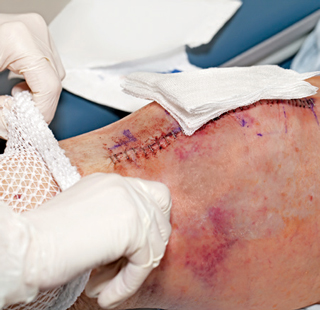
Strong reviews for one of the most scrutinized bundled payment programs in the country indicate additional similar programs could be in providers’ future.
Bundled payments cut post-acute care costs by 27% in the Comprehensive Care for Joint Replacement program, University of Pennsylvania researchers noted in the Jan. 3 issue of JAMA Internal Medicine.
Knee and hip joint replacement episodes saw reduced total spending by an average of at least 20%, or more than $5,500, during the 2008 to 2015 study period.
Researchers examined nearly 4,000 cases that took place at 800 Baptist Health System hospitals that had also taken part in the Acute Care Episodes (ACE) and Bundled Payments for Care Improvement (BPCI) demonstration projects.
“On the whole, the health system’s rapid achievement of savings through changes in a few key areas suggests that hospitals in the long run will be able to reduce costs in many areas, not only internally but through greater care coordination with external facilities,” said lead author Amol Navathe, M.D., Ph.D. “There are still more savings on the table.”
Readmissions and emergency department visits declined 1.4% and 0.9%, respectively, and stays of prolonged duration plummeted 67%.
Lower prices for implants drove slightly more than half (51.2%) of overall hospital savings. Post-acute care reductions accounted for 48.8% of the savings. PAC spending dropped 27% ($2,443), mostly from reductions in skilled nursing facility spending and inpatient rehabilitation.
The PAC declines, however, were only realized when bundles included financial responsibility for post-acute care costs, analysts noted.
From the February 01, 2017 Issue of McKnight's Long-Term Care News




